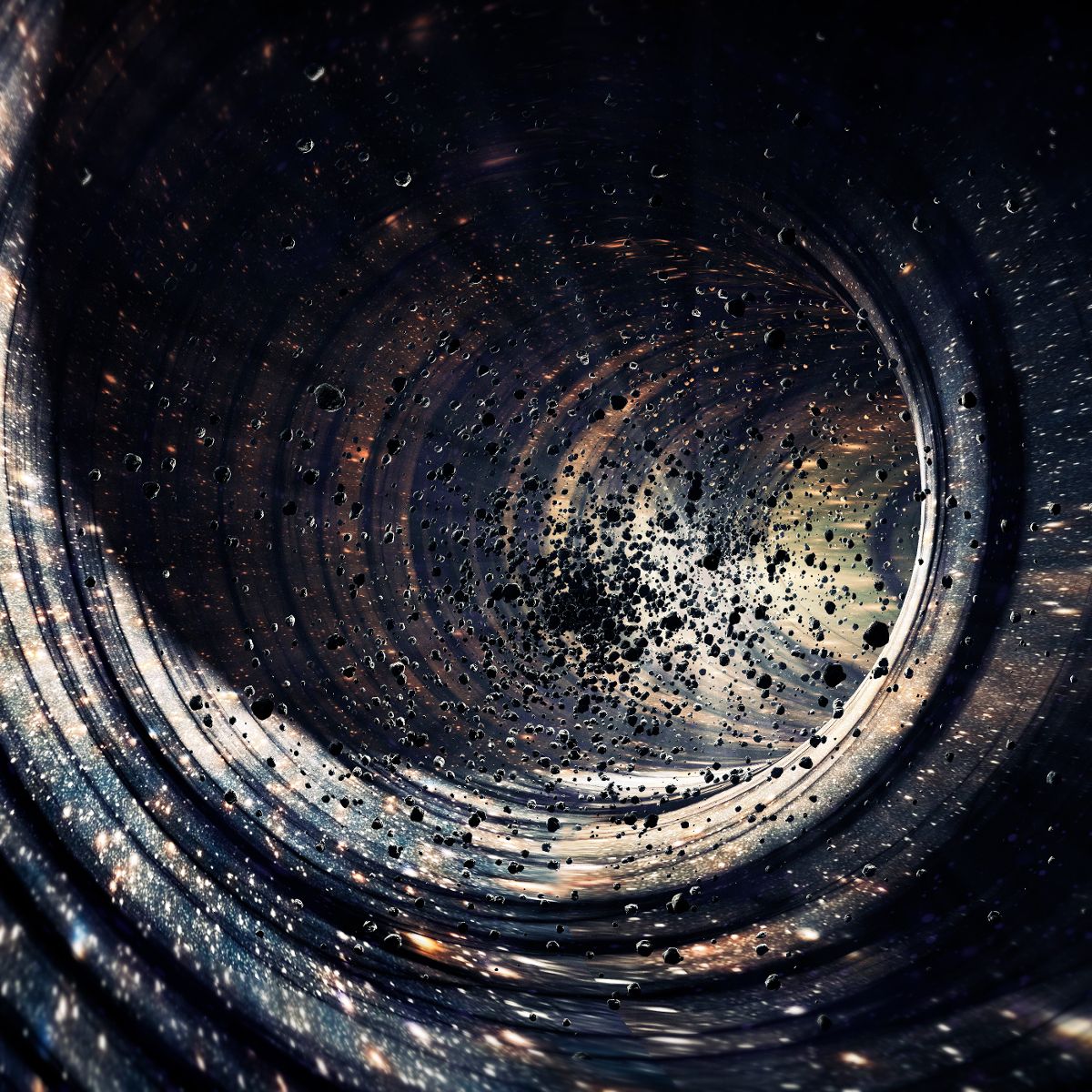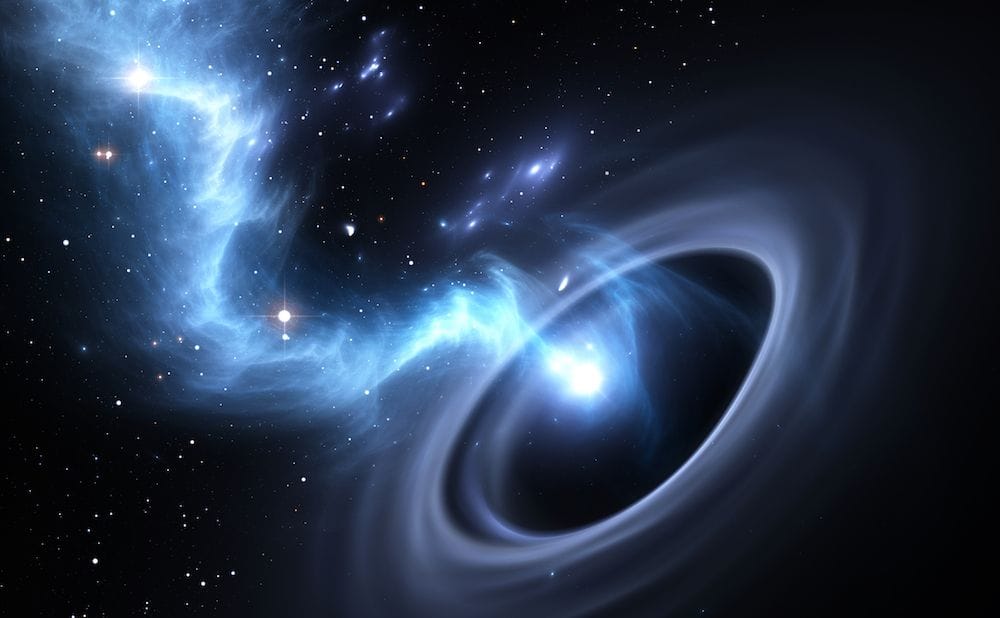Black holes are the most exotic objects in the universe. Only recently we were able to see their accretion disk “live”, but we are not able to see the black hole itself, because it does not emit light due to incredibly powerful gravity. Its superpowerful power draws to itself everything that is nearby.
We see how matter heats up before falling into this “gravitational monster”, but what happens further beyond the Event Horizon remains a mystery.

The Event Horizon is the last limit, crossing which there is no way back anymore. If the Sun turned into a black hole – which is impossible because it is not massive enough – the Event Horizon would be only six kilometers in diameter.
The most supermassive black holes are tens of billions of times larger than the Sun and are located in the hearts of all galaxies, although no one knows why. These supermassive black holes have an Event Horizon larger than the Solar System.
If you cross the Event Horizon and get inside, spacetime will be so distorted that time becomes space and space becomes time. In theory, inside each black hole, all of spacetime is packed into “singularities” of infinite density. But what happens beyond this singularity, is there a way out?
A supermassive black hole in the center of the galaxy M87. The stripes show polarized light from the accretion disk.

Theoretical physicists suggest that black holes may be the gateway to distant parts of our universe or even other universes. It has even been suggested that there may be a theoretical white hole on the other side of the black hole in a parallel universe, which, on the contrary, actively ejects matter around itself.
To really understand what’s going on inside a black hole and “what’s going on on the other side?”, we need to find a theory that would be even more revolutionary, like Albert Einstein’s General Theory of Relativity. Therefore, we can only guess, while the mystery of these mysterious objects remains one of the unsolved problems of modern science.